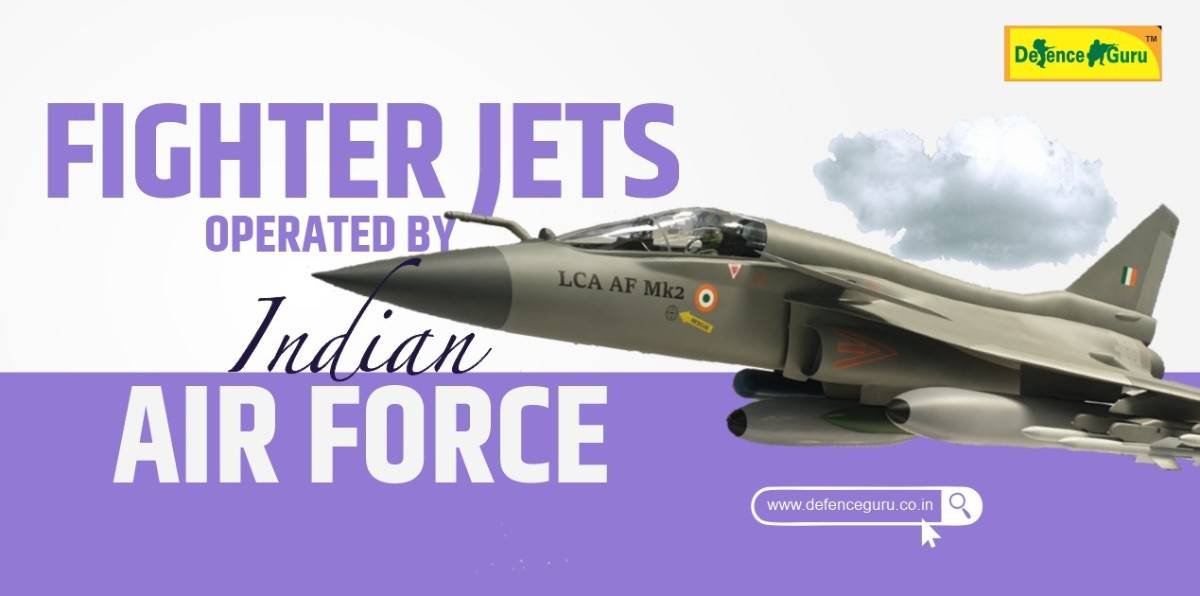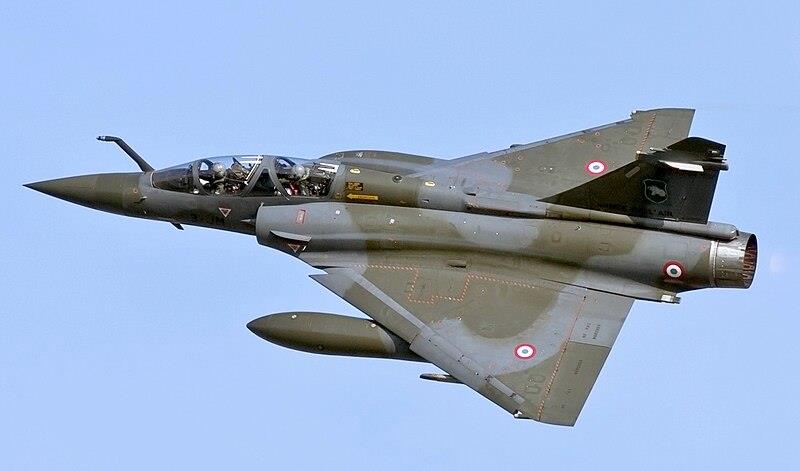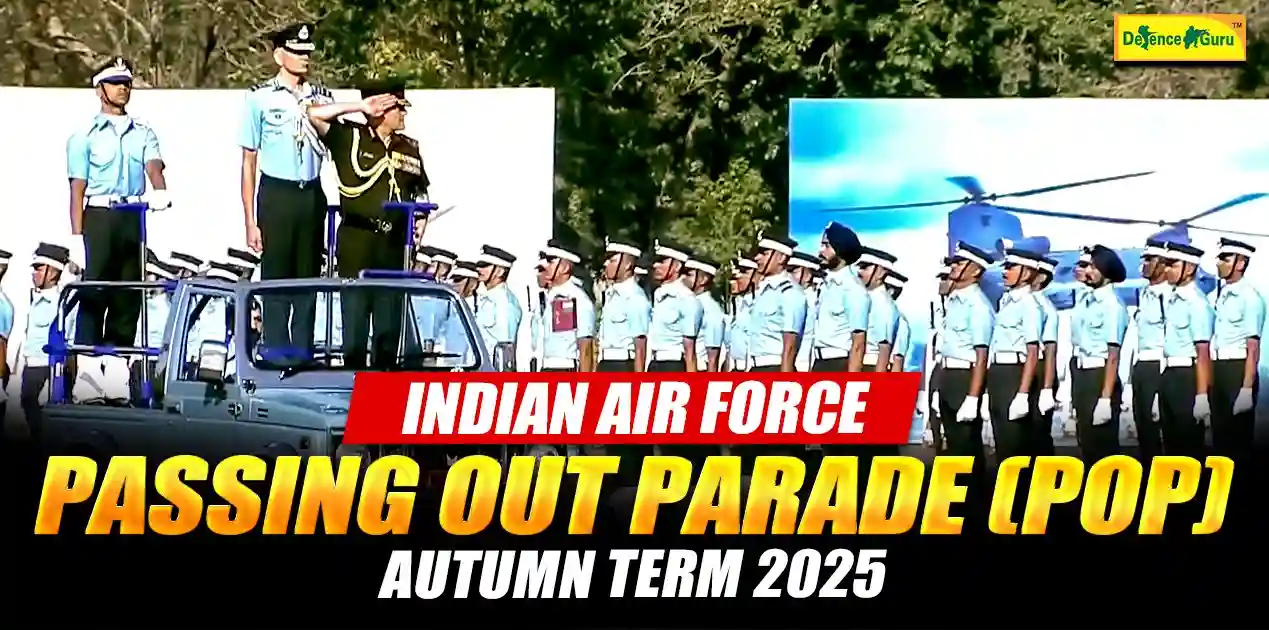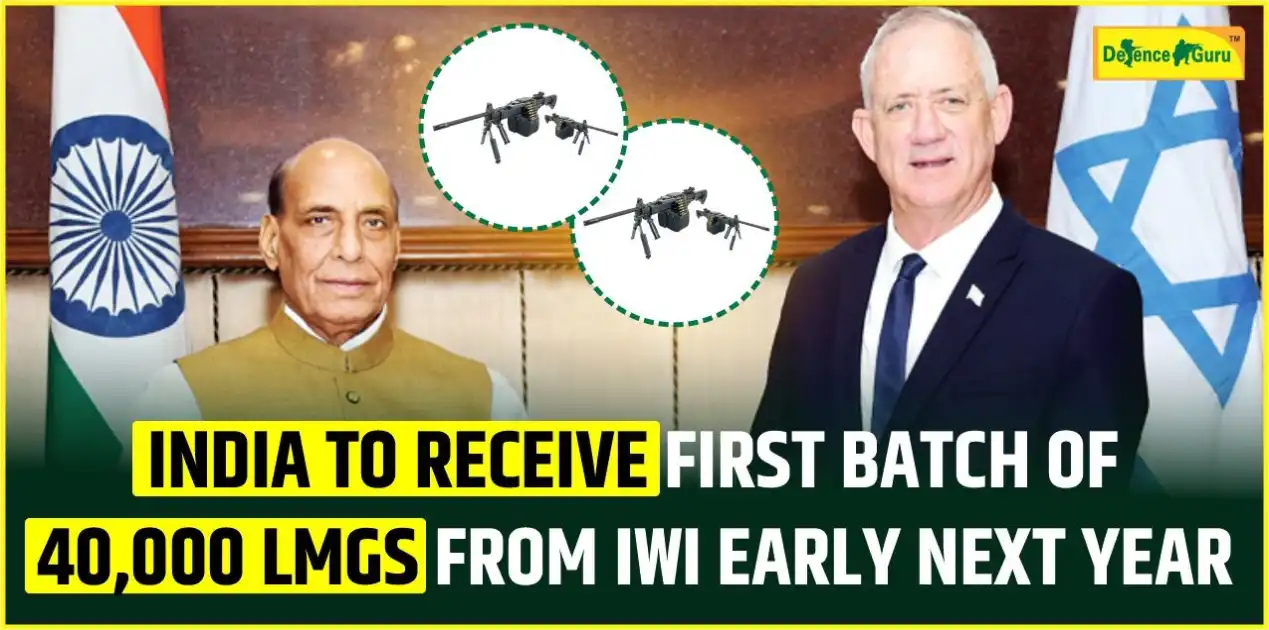The Indian Air Force is the 3rd most powerful air force in the world. Indian Air Force operates a range of weapon platforms both in offensive and defensive roles. Fighter Jets of the Indian Air Force are mainly used in offensive roles. Indian Air Force operates many advanced fighter jets such as Dassault Rafale to Sukhoi 30 Mki. These Fighter Jets are important for the security of the country, their information is relevant from the exam point of view also. In many defence exams, questions related to the fighter jets of the Indian Air Force are asked. In the SSB and AFSB interviews also, Interviewing officers might ask questions from top fighter jets of the Indian Air Force. Considering the importance of this topic, we have provided a list List of the Top Five Fighter Jets Operated by the Indian Air Force. We have provided. We have provided detailed information about these fighter jets also in the article.
Sukhoi- 30 Mki |
|
|
|
Origin
The Sukhoi Su-30MKI is a multi-role fighter aircraft developed by Russia's Sukhoi Design Bureau.
Variant
The "MKI" designation stands for "Modernized Commercial - India," indicating that it is a variant customized for India.
Capabilities
It is a twin-seater, twin-engine, highly maneuverable aircraft capable of conducting air superiority, ground attack, and maritime strike missions.
Range
With mid-air refueling capability, it has an extended operational range of over 3,000 kilometers.
Weapons
It can carry a diverse array of air-to-air, air-to-surface, and anti-ship missiles, as well as bombs and rockets. Sukhoi 30 Mki is armed with air-to-gound Brahmos missiles and Air-to-air Astra Missile.
Avionics
Equipped with advanced avionics and radar systems, including a powerful radar capable of detecting multiple targets simultaneously.
Service
The Su-30MKI has been in service with the Indian Air Force since the late 1990s and has been continuously upgraded to maintain its combat effectiveness.
Role
It plays a crucial role in India's air defense strategy and has been deployed in various exercises and operations, showcasing its versatility and combat capabilities. |
Dassault Rafale |
|
|
|
Origin
The Rafale is a twin-engine, canard-delta wing, multirole fighter aircraft designed and built by French aerospace company Dassault Aviation.
Deal with India
India signed a deal with France in 2016 to procure 36 Rafale jets in a flyaway condition.
Variants
The Rafale comes in multiple variants, including the Rafale C (single-seat), Rafale B (twin-seat), and Rafale M (naval variant).
Capabilities
It is capable of performing a wide range of missions, including air superiority, ground attack, reconnaissance, and nuclear deterrence.
Weapons
The Rafale can carry a variety of weapons, including air-to-air missiles, air-to-ground missiles, anti-ship missiles, and nuclear missiles.
Avionics
It features advanced avionics systems, including the RBE2 AESA radar, Spectra electronic warfare suite, and OSF (Optronique Secteur Frontal) infrared search and track system.
Performance
With a maximum speed of Mach 1.8+ and a combat radius of over 1,000 kilometers, the Rafale is known for its agility, range, and endurance.
Induction
The Rafale has been gradually inducted into the Indian Air Force, with several squadrons operational and more expected to join in the future. |
HAL Tejjas Mk-1 |
|
|
|
Indigenous Development
The HAL Tejas Mk-1 is India's first indigenous supersonic fighter aircraft developed by Hindustan Aeronautics Limited (HAL).
Single-Engine
It is a single-engine, delta-wing, multirole light fighter designed to meet the requirements of the Indian Air Force.
Variants
The Tejas program includes multiple variants, such as the Tejas Mk-1, Tejas Mk-1A, and Tejas Mk-2, each with different capabilities and upgrades.
Capabilities
The Tejas Mk-1 is capable of performing air superiority, ground attack, reconnaissance, and maritime strike missions.
Weapons
It can carry a variety of weapons, including air-to-air missiles, air-to-ground missiles, precision-guided munitions, and bombs.
Avionics
The Tejas is equipped with modern avionics systems, including the EL/M-2032 radar, electronic warfare suite, and glass cockpit with advanced displays.
Performance
With a maximum speed of Mach 1.8+ and a combat radius of over 500 kilometers, the Tejas is known for its agility, maneuverability, and small size.
Induction
The Tejas Mk-1 has been inducted into the Indian Air Force, with several squadrons operational and ongoing efforts to enhance its capabilities and production rate. |
Mig- 29 |
|
|
|
Russian Origin
The MiG-29 is a fourth-generation, twin-engine, air superiority fighter jet developed by the Soviet Union's Mikoyan Design Bureau (now Russian Aircraft Corporation MiG).
Multirole Capability
Initially designed as an air superiority fighter, the MiG-29 has been upgraded to perform various roles, including air defense, ground attack, and reconnaissance.
High Maneuverability
Known for its exceptional agility and maneuverability, the MiG-29 is capable of executing advanced aerobatic maneuvers and engaging in close combat.
Advanced Avionics
Equipped with advanced avionics, including radar systems, infrared search and track (IRST), and helmet-mounted display systems (HMDS) for enhanced situational awareness.
Weapons
The MiG-29 can carry a wide range of air-to-air and air-to-ground weapons, including missiles, rockets, bombs, and gun pods, making it a versatile combat aircraft.
Operational Range
With an operational range of over 1,500 kilometers and in-flight refueling capability, the MiG-29 is capable of conducting long-range missions and deployments.
Indian Air Force
The Indian Air Force operates several variants of the MiG-29, including the MiG-29B, MiG-29UB, and MiG-29K/KUB, which are deployed for air defense and maritime strike roles.
Upgrades
The Indian Air Force has undertaken various upgrade programs to modernize its fleet of MiG-29 aircraft, enhancing their combat capabilities, avionics, and weapons systems. |
Mirage 2000 |
|
|
|
French Origin
The Mirage 2000 is a multirole combat fighter aircraft developed by the French aerospace company Dassault Aviation.
Versatile Platform
Designed for air defense, ground attack, and reconnaissance missions, the Mirage 2000 is known for its versatility and adaptability.
Advanced Avionics
Equipped with advanced avionics systems, including radar, electronic warfare suites, and sophisticated sensors for target acquisition and tracking.
Weaponry
The Mirage 2000 can carry a variety of air-to-air and air-to-ground weapons, including missiles, bombs, and rockets, providing it with a potent strike capability.
Combat Performance
Renowned for its high speed, maneuverability, and agility, the Mirage 2000 has demonstrated exceptional performance in various combat operations and exercises.
Indian Air Force
The Indian Air Force operates several variants of the Mirage 2000, including the Mirage 2000H and Mirage 2000I, which are used for air defense, ground attack, and reconnaissance missions.
Upgrades
The Indian Air Force has undertaken upgrade programs to enhance the capabilities of its Mirage 2000 fleet, including avionics modernization and integration of new weapons systems.
Strategic Role
The Mirage 2000 played a crucial role in various operations conducted by the Indian Air Force, including the 1999 Kargil War, where it was used for precision strikes against enemy targets in high-altitude terrain. |






















